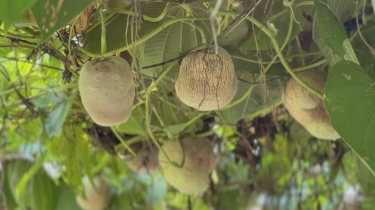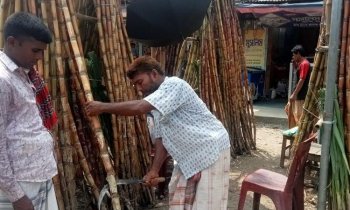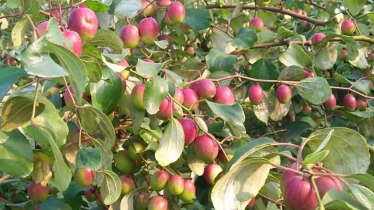
A common problem faced by both summer and early winter tomato growers in Bangladesh is Blossom End Rot, also known as Calcium Deficiency Rot. Many farmers, without understanding the real cause, often spend thousands of taka spraying fungicides in an attempt to control the disease. However, these efforts prove ineffective, leading to economic losses due to a lack of proper knowledge and guidance.
The symptoms of this disease are quite distinctive. A black spot appears at the bottom of the tomato, which initially looks light green. As the fruit grows, the spot gradually turns brown or black and becomes sunken. Eventually, internal black decay develops at the lower part of the fruit, rendering it unsuitable for consumption.
The extent of the damage can be severe, as affected tomatoes become inedible, resulting in up to 100 percent loss in yield.
To control the disease organically, farmers are advised to apply calcium-rich substances such as burnt lime, dolomite, or gypsum to the soil based on Agro-Ecological Zone (AEZ) recommendations. The use of sufficient organic fertilizer and balanced nutrient application, determined through soil testing, is also essential.
Under chemical management, integrated pest management (IPM) practices should be followed, prioritizing biological and preventive measures. In urgent situations, calcium chloride can be sprayed on the leaves, but excessive or repeated use should be avoided. Additionally, spraying GreenCal at a rate of 5–6 grams per liter of water has shown effective results.
Preventive measures include maintaining proper soil pH levels through the application of dololime, using mulching to preserve soil moisture, reducing excessive top dressing with DAP fertilizer, applying organic manure at the beginning of cultivation, and conducting soil tests before planting crops.
Experts emphasize that awareness and proper application of these methods can help farmers prevent losses and ensure healthy tomato production.





